When you first start out in photography, it is hard to get a feel for the benefits of a wide angle lens. There was a time when you bought a new camera it probably came equipped with a 35mm lens. Sometime later, a 50mm lens became the standard. Today, the typical kit lens is a zoom lens usually with a range of 18-55mm (or something close to that).
18-55mm is a versatile focal length range but many new photographers, unfortunately, shy away from the wider end of things. It’s understandable, as the longer end feels more natural. Once you venture into focal lengths wider than 35mm, things can feel a bit awkward at first.
Shooting at a wide angle does take some getting used to and requires a different technique than “normal” focal lengths. Knowing this, if you’re at all interested in wide-angle photography, the best time to get in lots of practice is while you’ve got that kit lens at your disposal.
Once you’ve spent enough time at the wide end of your kit lens, you’ll be better equipped to make a decision about whether you want to upgrade to a dedicated wide angle lens.
If you need one final push to confirm that wide angle photography is for you, we will go over four practical benefits of a wide angle lens
1. More Depth Of Field
I’m aware that there’s a spirited cohort of photographers for whom shallow depth-of-field is everything, an aesthetic made more apparent at longer focal lengths. Wide angle lenses, on the other hand, exhibit more depth-of-field at a given aperture than telephoto lenses.
Who will find this feature most useful? Landscape photographers, street photographers, environmental portrait photographers, just to name a few. Any time you’re concerned with having everything in the frame in focus — foreground to background — a wide angle lens will be of great service.
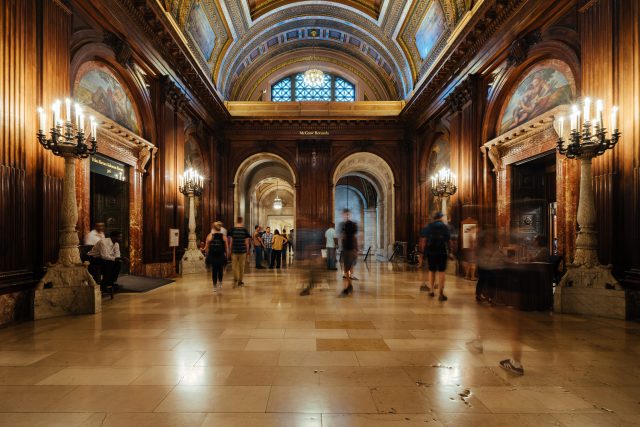
2. Add Foreground Interest To Landscape Photos
There’s no rule that says you can’t use a telephoto lens for landscape photography — plenty of incredible images have been made that way. But one of the benefits of using a wide focal length for landscape work is the ability to include the foreground.
Obviously, the subject is the most important element of a landscape photo, but including the foreground can significantly improve the overall impact of a photo, and a benefit of a wide angle lens is that it gives you the optical real estate to pull this off, whereas a telephoto lens does not.
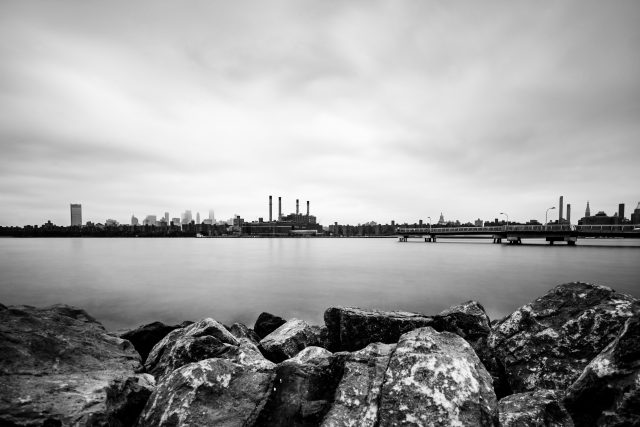
3. Greater Context For Portraits
If you’re interested in telling a story through portraiture, one of the most effective ways to accomplish this is to include the subject’s environment.
Sure, a traditional portrait captured with a long lens is capable of saying a lot about a subject, but providing some visual context can add depth to their story. A wide angle allows you to capture a subject in relation to the environment that is most indicative of the story you want to convey.

4. The Fun Factor
As you learn to use a wide angle lens you will discover that there is a significant degree of perspective distortion associated with using such a lens. The wider the angle, the more distortion you can expect to see. This distortion isn’t objectively undesirable — it all really depends on what creative result in you’re going for.
Lines, particularly near the edge of the frame, will curve. Buildings will appear as though they are tipping over. Anything placed close to the lens will appear disproportionately large.
There are steps you can take to alleviate these issues — keep straight lines away from the edges of the frame; try to keep the camera straight along both horizontal and vertical axis when shooting buildings; photograph human subjects at a safe distance so as not to exaggerate hands, feet or noses.
Or, you can ignore those tips and use the distortion to add a creative twist to your images. It won’t work for everything, but part of the fun is experimenting with the results you can achieve by embracing perspective distortion.
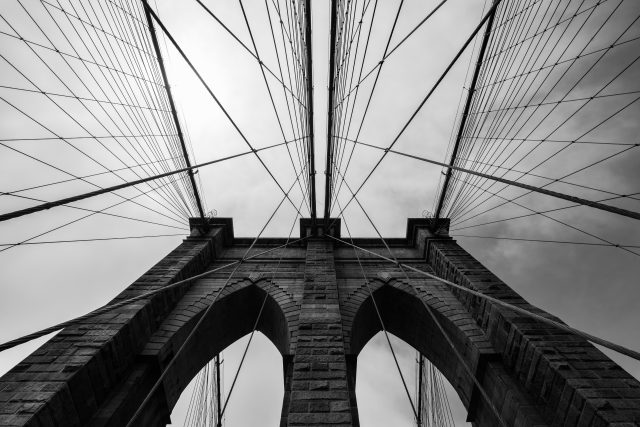
Final Thoughts On The Benefit Of A Wide Angle Lens
The benefits addressed above are, to me, the most pragmatic reasons to use a wide angle lens. Of course, wide angle lenses aren’t for everyone, but once you understand the optical characteristics of wide angle lenses and how to best apply them in various scenarios, you will open up yet another source of creativity that I’m confident you will want to revisit regularly.

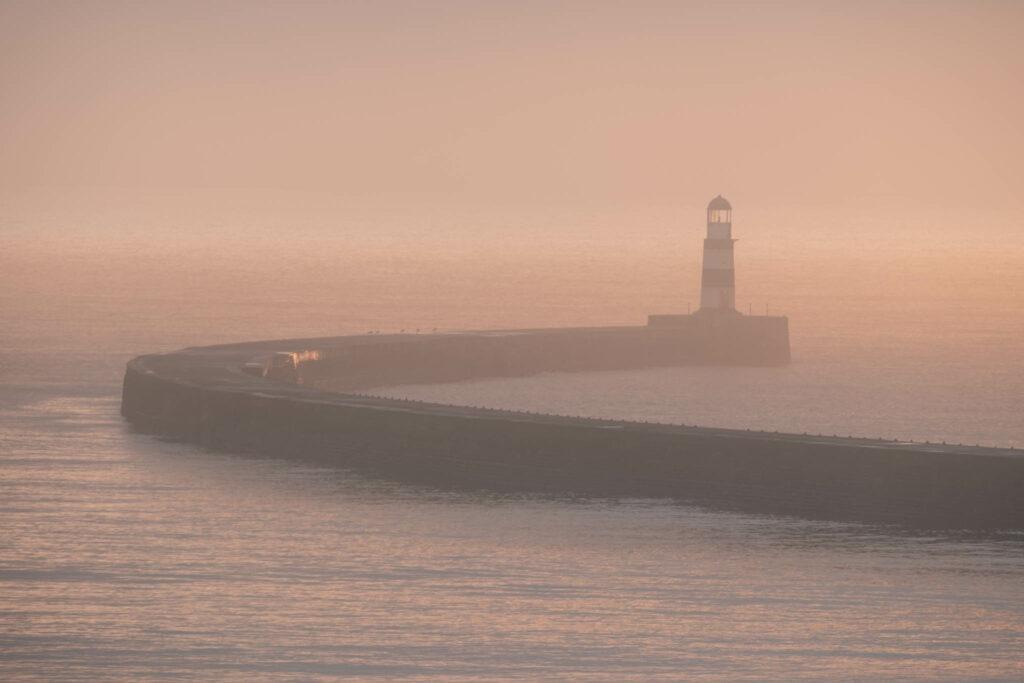


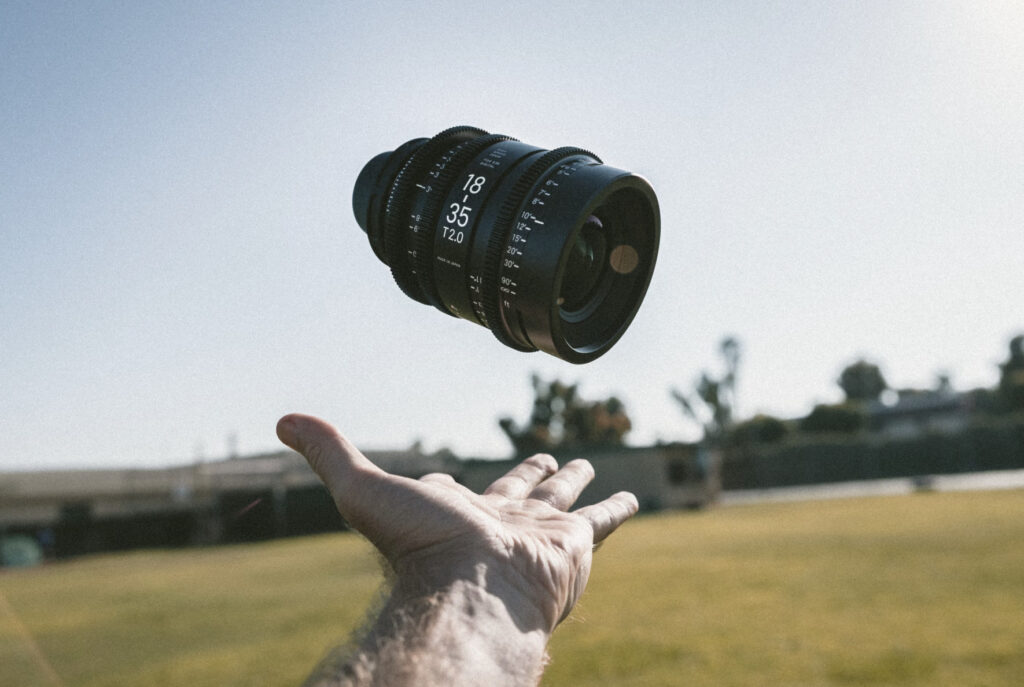
2 Comments
Another advantage of wide angle lenses is getting up close.
Hi. I have only a 18-55mm kit lens in an APS-C camera. I really would like to start working with a wide angle for landscape photography.
What lens you suggest? A 10-18mm for example would be adequate?